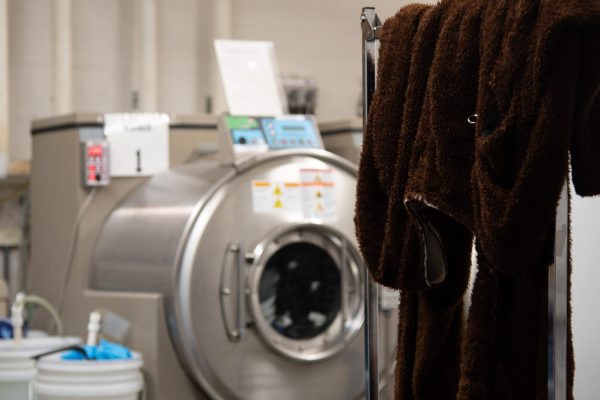Making sense of the madness
Like a rite of spring, each March the 64 — now 68 — best men’s basketball teams begin their quest to cut down the nets as NCAA Division I champions.
This year did not include as many of the classic buzzer-beater finishes that make Gus Johnson drool, but once again as the college basketball universe focused its gaze on Houston, the site of this year’s Final Four, there were as many gripping storylines as there were teams.
Which was the most impressive? Was it Kemba Walker guiding UConn to nine wins in 19 days? Or could it have been Butler returning for an improbable second straight year to the Final Four?
But don’t forget John Calipari inspiring an inexperienced University of Kentucky team led by first year guards into the Final Four.
And then there’s the improbable run of Virginia Commonwealth, a school picked not to make the tournament rattling off five straight wins all over different power conference foes, going to the their first ever Final Four.
Most astounding has to be VCU’s unbelievable run, which began as part of the new expanded play-in section of the NCAA tournament, dubbed the First Four.
They played USC and beat them 59-46. From there they charged their way through Georgetown and Purdue, earning a trip to San Antonio to take on Florida State.
Florida State pushed VCU to the edge, but junior Bradford Burgess sank a lay-up with less than 10 seconds to go to propel the Rams into the Elite Eight.
Then VCU stunned the nation as they took down the Morris twins and Kansas 71-61, sending them five hours east to Houston and the first Final Four appearance in school history. All of this under the leadership of coach Shaka Smart, in only his second year as a head coach no less.
Upon upsetting Florida 74-71, Brad Stevens’ Butler Bulldogs became the first team from a non-power conference to go to back-to-back Final Four’s since UNLV did in 1990-91.
While that was the victory that sent them to Houston, the last 2.2 seconds of their victory over Pittsburgh in the Sweet Sixteen will be remembered as inexplicably amazing.
Butler fouled Pitt with 1.6 to go up only one, 70-69. Pitt’s Gilbert Brown tied the game at 70, but missed his second free throw and Butler’s Matt Howard got fouled on the rebound by Nasir Robinson, sending Butler’s star to the line. He sank the winning free throw before intentionally missing the second and sealing a Butler win.
John Calipari has a bit of a reputation; he recruits the best young one-and-done stars and seems to always leave programs immediately before they are accused of recruiting violations.
This year’s updated model included first year sensations Terrence Jones, Brandon Knight — both First-Team All-SEC — as well as Doron Lamb who joined them on the All-SEC first year team.
After escaping Princeton 59-57 to start the tournament, they tore through West Virginia, overall No. 1 seed Ohio State and fellow first year stars Harrison Barnes and Kendall Marshall of University of North Carolina-Chapel Hill.
This will be Calipari’s third Final Four with a third different team, although this one was not vacated for NCAA sanctions like the first two.
Then there’s Jim Calhoun’s UConn Huskies. The Huskies under Calhoun have put together a March for the ages. First they won five games in five days to capture the Big East Tournament title, arguably the toughest conference in the country.
After that they rolled through three more victories and into the Elite Eight. There once again, Kemba Walker, along with major contributions from Alex Oriakhi and Jeremy Lamb, bested possible No. 1 overall pick in June’s NBA Draft, Arizona’s Derrick Williams, 65-63.
UConn may not be quite in the echelon of blue-blood programs, but with 2005 Naismith Memorial Basketball Hall of Fame inductee coach Jim Calhoun, they certainly stated their case for inclusion.
All of this set up a Final Four of power-conference teams on one side and mid-majors on the other. Uconn made it out from the power conference side, and Butler proved to be the better mid-major.
Even with UConn vying for title number four, the story is still Butler.
Butler came within a shot of upsetting Duke one year ago and they’re hungry for a second chance.
However, if it had been VCU, what a story it would have been. It would have marked one of the special moments in NCAA tournament history.
My question is, if VCU had won it all, would it have validated the NCAA’s decision to expand the field to 68 teams and create the First Four? Or did their run to the Final Four accomplish that already?
Will VCU’s performance encourage the proposal to add an additional round and expand to 96 teams? Personally, I hope not, but it makes you wonder, is it diluting the product or making it stronger?






